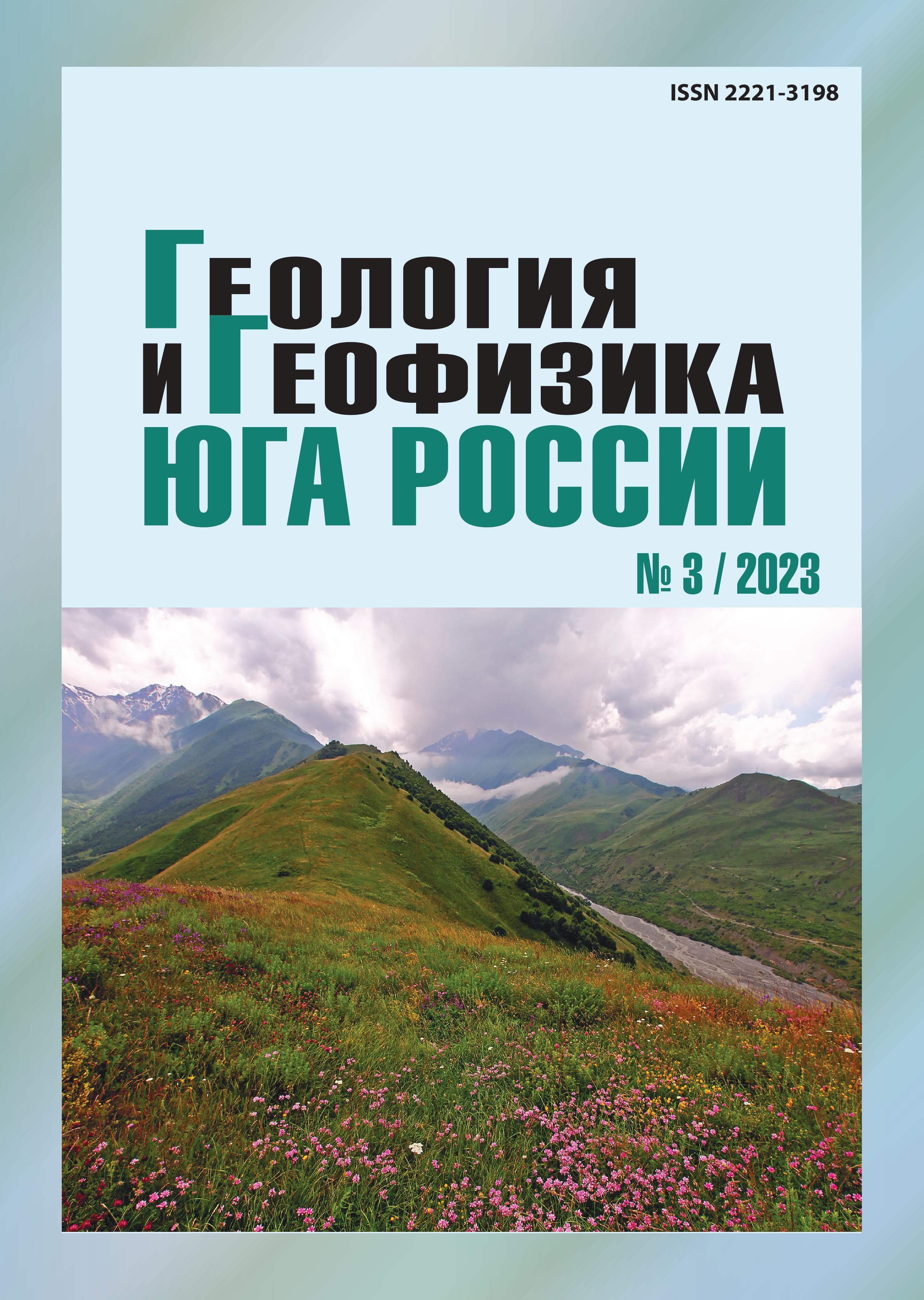Hydraulic aspects of the hydrosphere regime in the fields of coal mines (on the example of Eastern Donbass)
Abstract
The article is devoted to revealing the mechanism of transformation of the hydraulic regime of underground and surface waters in the fields of working and liquidated with flooding of coal mines in the Eastern Donbass. Relevance. It is determined by the need to develop the scientific foundations for predicting the hydrodynamic consequences of the development of coal objects by the underground method to address the issues of their operation, protection and rehabilitation of the environment here. Aim. Improvement of the theoretical foundations of the filtration interaction of the hydrosphere and mine workings of coal mines. Methods. Standard methods for collecting field data on the regime of the hydrosphere of the region, processing and analyzing information were applied. Results. The exploitation and liquidation of coal mines caused severe disturbances in the hydrosphere of the Eastern Donbass. The areas of exploitation and mass (after 1995) liquidation of mines are characterized by a violation of the state of underground and surface water bodies. Identification of the mechanisms of formation of environmental disturbances is necessary to reduce their harmful effects on the operation of the field, the ecological situation. The main reason for the decrease in groundwater levels, leakage of surface waters was their drainage by mine workings along the zones of water-conducting subsidence cracks and pumping out of water from mines. The decrease in levels can also be associated with the formation of a filtration structure, capacitive properties and new discharge point of unloading of water. Leaks from reservoirs on the surface were revealed without water entering the mine through rock faults. Local level decreases also occur under the influence of changes in the capacitiv properties of rocks, the position of the discharge point of water. The neighborhood of areas of level decrease, debit decline, disappearance of groundwater source and areas with the preservation of the natural hydrogeological regime over the goaf area is characteristic. Large depressions of the groundwater surface develop mainly at the contour of the zones of water-conducting subsidence cracks above the goaf. It is possible to combine depressions over a series of contiguous developed coal seams. The depression extends for the first kilometers from the goaf boundary in plan. The liquidation of mines with the flooding of mine workings caused a rise in the level of groundwater, a reduction in depressions, the appearance of sources of mine waters in depressions of the earth's surface relief along the outcrops of the roof of the developed seams. The release or pumping out of mine waters from mine workings contributes to the preservation of small groundwater depressions in a number of parts of the region. The flooding of workings changes the stress-strain state of the rock mass. They become sources of mine water breakthroughs into other mine workings, their spreading in the bowels over a long distance.


